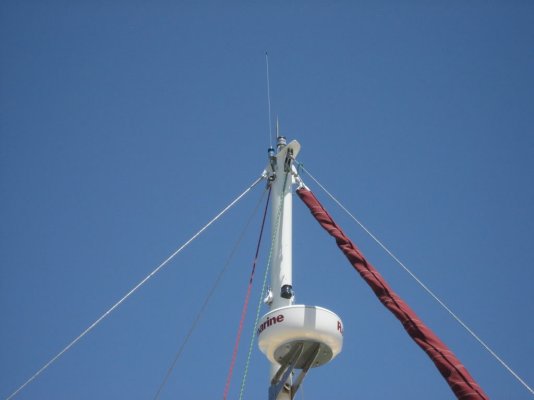CPseudonym
Moderator Emeritus
I've searched this sites archives with no luck.*If I missed a thread where this has been hashed to death already perhaps a link to it would suffice.
I am trying to find out if there is a performance advantage between the two options. Intuitively the nod would go to a hard wired system but I can find no data to back up that assumption.*
I am definitely purchasing a waterproof handheld soon but would like to hear both sides of the argument. Recommendations for a good brand or model handheld unit would help too. The choices are staggering.
Thanks.
I am trying to find out if there is a performance advantage between the two options. Intuitively the nod would go to a hard wired system but I can find no data to back up that assumption.*
I am definitely purchasing a waterproof handheld soon but would like to hear both sides of the argument. Recommendations for a good brand or model handheld unit would help too. The choices are staggering.
Thanks.

